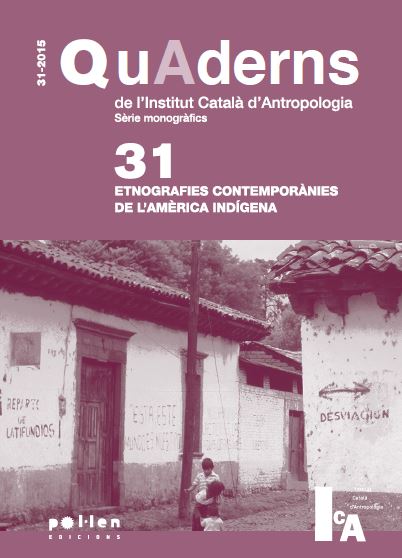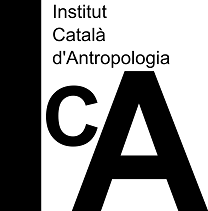"Desde tiempos ancestrales". Construcción identitaria y territorio en la cuenca baja del río Curaray (Amazonía Ecuatoriana)
Keywords:
Amazonia, Ecuador, ethnicity, environmentalism, territoryAbstract
This article analyzes how the incorpo-ration of an Amazonian territory – the lower basin of the Curaray River – into the Ecuadorian national state favored one ethnic group, the Quichua, to the detriment of others: the Zaparo and the Huaorani. Following the expansion of rubber extraction beginning in 1880, this region experienced a loss of population when the rubber trade declined in the 1920s. Given its geostrategic importance, during the 1970s it was the subject of a government recolonization project that failed for a variety of reasons. It was not until the 1990s that this area was fully integrated into the state, but this time privileging a Quichua indigenous elite of mestizo origin whose ethnic and environmentalist discourse allowed them to obtain substantial resources from international development NGOs. This made it possible for them to articulate a network of Quichua communities in the territory. The central focus of this article is the occupation of a territory of great economic importance in the name of ethnoenvi-ronmentalism.
Downloads
Global Statistics ℹ️
|
227
Views
|
172
Downloads
|
|
399
Total
|
|
Downloads
Published
How to Cite
Issue
Section
License
Distributed under the terms of the Creative Commons Attribution 4.0 International Use and Distribution License (CC BY-NC-SA 4.0)




